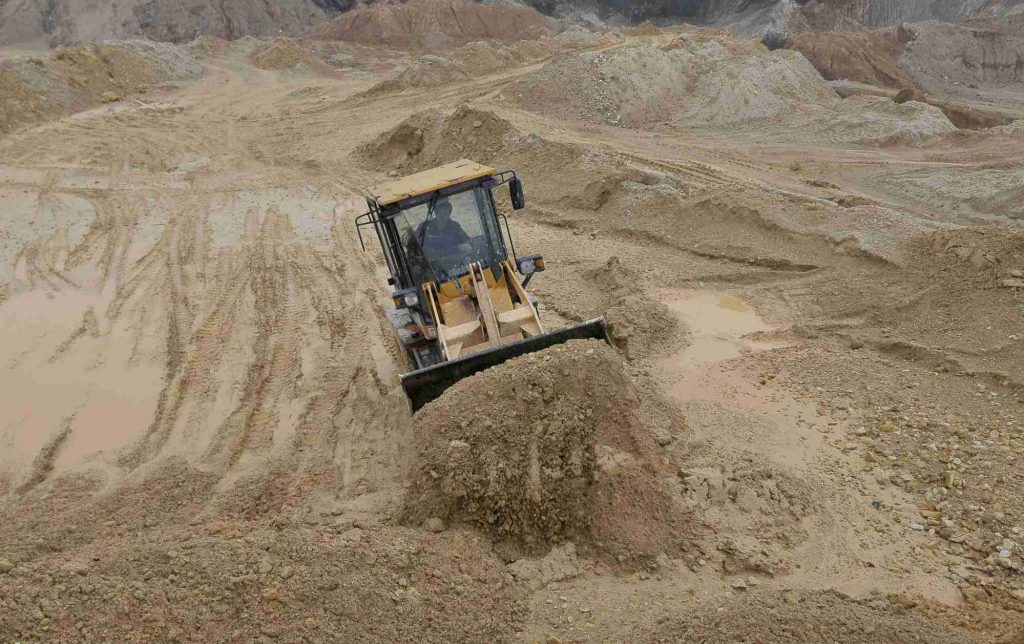Unearthing the Secrets: Exploring Minerals and their Extraction Methods
3 min read
Minerals are an integral part of our daily lives, playing a crucial role in various industries and applications. From the shimmering gold in our jewelry to the sturdy steel in our buildings, minerals are the building blocks of modern civilization. But what exactly are minerals, and how are they extracted? In this comprehensive blog post, we will delve into the fascinating world of minerals, exploring their definition, types, and the methods employed to extract them from the Earth's crust.
- Understanding Minerals:
Minerals are naturally occurring inorganic substances with a specific chemical composition and crystalline structure. They are formed through geological processes over millions of years. Minerals can be classified into several categories, including metallic minerals (such as iron, copper, and gold), non-metallic minerals (such as limestone, gypsum, and quartz), and energy minerals (such as coal, oil, and natural gas). - Mineral Extraction Methods:
a. Surface Mining:
Surface mining is the most common method used to extract minerals that are close to or at the Earth's surface. This method involves removing the overlying soil and rock layers to access the mineral deposits. Surface mining techniques include open-pit mining, quarrying, and strip mining. These methods are suitable for extracting minerals like coal, limestone, and copper.
b. Underground Mining:
When mineral deposits are located deep beneath the Earth's surface, underground mining becomes necessary. This method involves creating tunnels and shafts to access the mineral veins. Underground mining techniques include drift mining, slope mining, and shaft mining. Precious metals like gold and silver, as well as minerals like diamond and lead, are often extracted using underground mining methods.
c. Solution Mining:
Solution mining, also known as in-situ leaching or in-situ recovery, is a method used to extract minerals that are dissolved in a liquid or solution. This technique is commonly employed for extracting minerals like potash, uranium, and salt. It involves injecting a solvent into the mineral deposit, which dissolves the minerals, and then extracting the solution for further processing.
d. Placer Mining:
Placer mining is a method used to extract minerals that have accumulated in riverbeds, beaches, or other sedimentary environments. This technique relies on the natural forces of water and gravity to separate the heavier minerals from the surrounding sediment. Placer mining is commonly used to extract minerals like gold, tin, and diamonds.
- Environmental Considerations:
While mineral extraction is essential for economic development, it is crucial to consider its environmental impact. Mining activities can result in habitat destruction, soil erosion, water pollution, and greenhouse gas emissions. To mitigate these effects, sustainable mining practices, such as reclamation and rehabilitation of mined areas, use of advanced technologies, and adherence to strict environmental regulations, are being implemented by responsible mining companies.
Conclusion:
Minerals are the backbone of modern society, and their extraction is a complex process that involves various methods tailored to the specific mineral and geological conditions. From surface mining to underground excavation, each extraction method has its own advantages and challenges. By understanding the intricacies of mineral extraction and promoting sustainable mining practices, we can ensure the responsible utilization of these valuable resources for generations to come.
